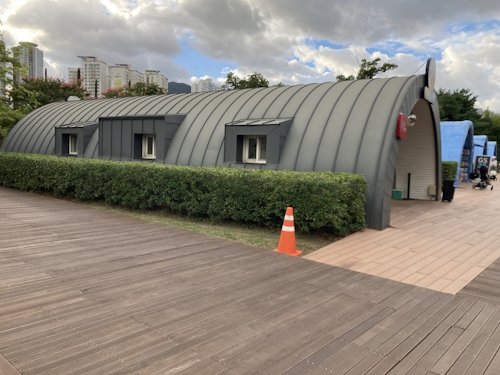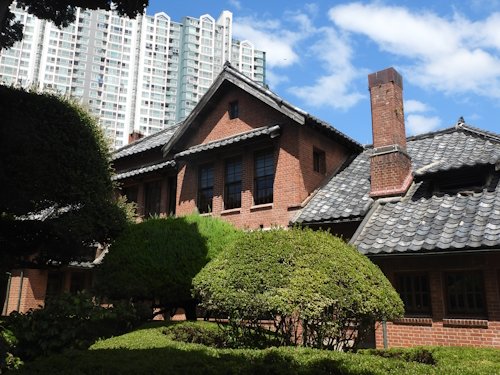First published: Sun 01 Sep 2024.
Els Slots
Sites of the Busan Wartime Capital
Comments
4 comments
Kyle Magnuson
1 year, 3 months ago (Sep 1, 2024)
I would be surprised if additional criteria were not included, especially vi. When criteria iii was outlined and decided for this nomination (as far back as 2016-17), many of the 'Site of Memory' inscriptions were only aspiring nominations.
As the nomination currently stands:
Criterion (iii): The nominated property offers exceptional testimony to a temporary seat of government of the Republic of Korea that served as the country’s capital for 1,023 days during the Korean War, the first proxy war of the Cold War era. This wartime capital of the Republic of Korea was expeditiously established making use of existing facilities in Busan. The nine components of the nominated property attest to the functions of this wartime capital in three categories: maintaining the operations of the government, providing support to refugees, and facilitating international cooperation.
Reply
Solivagant
1 year, 3 months ago (Sep 1, 2024)
Not just "between China and the USA" (and Koreans of course). UK lost 1100 soldiers and Netherlands 125...here is a full list of "allied countries" with casualties.. https://www.mpva.go.kr/english/contents.do?key=987
Some surprising inclusiond
Joel on the Road
1 year, 3 months ago (Sep 1, 2024)
For another podcast recommendation, Season 3 of Blowback was about the Korean war and is both great and horrifying.
Frederik Dawson
1 year, 3 months ago (Sep 1, 2024)
Temporary Presidential Residence is one of my favorite spot in Busan. I was really surprised to see really well preserved "Taisho era style" house in Busan. The mix of western and Japan of this period is my favorite.



